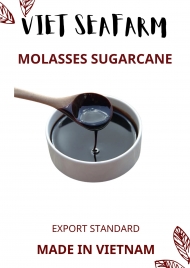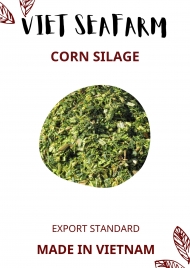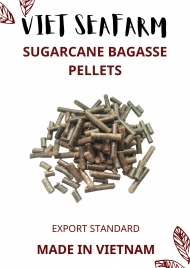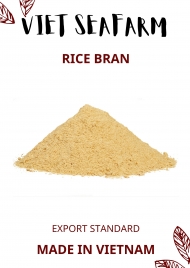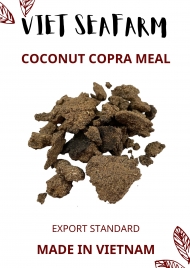WHO KNEW THAT THE COCONUT TREE COULD HELP PEOPLE GET RICH LIKE THAT?
Many farmers in provinces famous for coconut production in Vietnam such as Ben Tre, Binh Dinh,... thanks to income from coconut and coconut oil processing, not only have jobs but can also be very successful in business.
People leave coconut trees almost nothing behind. Even dry coconut leaves can be plucked and harvested to sell to businesses that make yard brooms. The plucked coconut leaves can be used as fuel. Coconut shells were previously used for fiber to process coir mats for export to Eastern Europe. Now they are also ground as a substrate for growing melons, vegetables, or as organic fertilizer for ornamental plants.
Coconut shells after taking out the meat are also sold to activated carbon production facilities. Old coconut shells are purchased by fine art manufacturers to make famous eco-friendly decorative items such as coconut shell bowls, coconut shell spoons, coconut buttons, etc. Currently, coconut meat is processed into coconut oil products by many production facilities, and is also used to make coconut rice paper, coconut candy, coconut jam, etc. Many products meet food hygiene and safety certifications, and are suitable for export to European countries.
High quality products from coconut
No part of the coconut tree is discarded. Coconut meat, in addition to processing oil, is also a raw material for processing two other special products: coconut milk and coconut cream for skin care; or dried coconut meat (desiccated coconut flakes) to make chocolate cake filling and other food cakes.
Per the Japanese perspective, the soft rubber foam utilized in crafting car seat cushions lacks inherent appeal, posing potential risks to human well-being. Conversely, coconut fiber-based car seat cushions exhibit exceptional hygroscopic properties, effectively absorbing sweat and demonstrating remarkable biodegradability.
Dried and old coconut shells are currently being imported by advanced countries to produce activated carbon and smokeless BBQ charcoal, a type of coal that has very high value. Not only that, dried coconut shells are also pressed into buttons for high-end products.
The process begins by placing the coconut shell into a machine that shapes it into circular pieces. When processing coat buttons, the coconut shell is compressed into larger segments, while for regular shirt and pants buttons, it is compressed into smaller pieces. Subsequently, the coconut shell pieces undergo flattening in a scrubbing machine before being transferred to a hole drilling apparatus. The final step involves subjecting the buttons to a polishing mechanism. Large coconut shells are utilized in producing coat buttons, whereas small ones are employed for crafting standard shirt and pants buttons. Notably, clothing fastenings created from coconut shells possess the unique property of self-decomposition when discarded after use.
In Europe, garments are crafted from coconut fiber-based fabric, designed to decompose naturally. Westerners tend to discard their attire after 5-7 uses, favoring trendy designs and seeking biodegradable materials to uphold environmental preservation.
Producing biodiesel from coconut oil
Currently, in developed countries, there are very strict requirements for chemical fuels, regulations prohibit the use of 100% fossil fuels, and are required to mix biofuels. Nowadays, Ships and airplanes are required to use fuel containing 30% biodiesel in order to be permitted to dock at ports or take off.
Studies have shown that coconut oil has carbon chains of 8 - 10 - 12. This special fatty acid chain, after being fractioned, can withstand temperatures up to 249 degrees Celsius and minus 45 degrees Celsius. This is an important ingredient used to prepare jet fuel.
When combined with industrial diesel or F.O oil (mazut oil), coconut biofuel (CME - Coconut Methyl Ester) offers a cost-effective solution for oil-based hydroelectric plants while being environmentally sustainable. This is due to the elimination of toxic gases, as highlighted by Mr. Diaz, Executive Director of the Asian Petroleum Research Institute (AIPSI). CME facilitates fuel oxidation, ensuring complete combustion and the removal of harmful emissions. Additionally, it effectively reduces the viscosity of coal by targeting its microscopic asphaltenes, which are a significant contributor to industrial smoke emissions. Notably, incorporating 5% CME with charcoal leads to a substantial 35% reduction in smoke density.
Collected and Summarized by Kara Nguyen
from
VIET SEAFARM CO., LTD
Phone: +84 79 298 2609(W/A, wechat)
Email 1: export2@vietseafarm.com.vn
Email 2: karanguyen309@gmail.com
READ MORE:
Do you know which type of Coconut Oil is suitable for you? Here
Views: 851

.png)
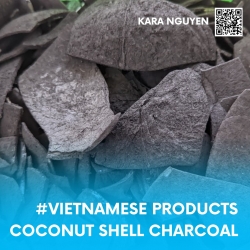
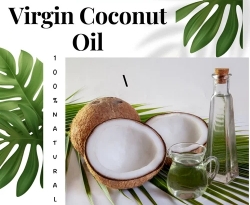
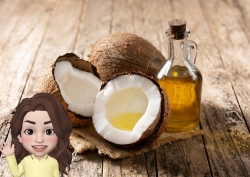
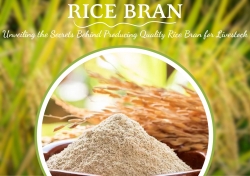
.png)
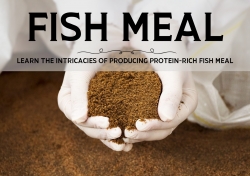
.png)
.png)

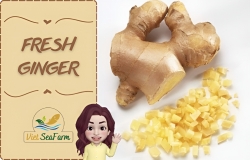
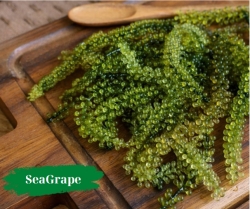
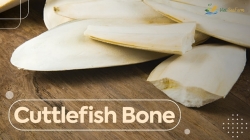
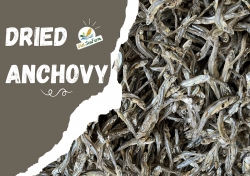
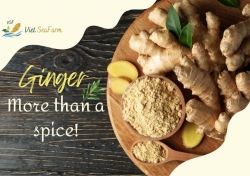
.png)
.png)

